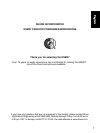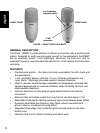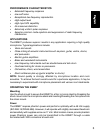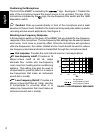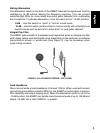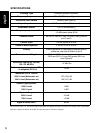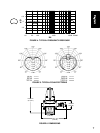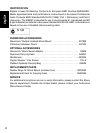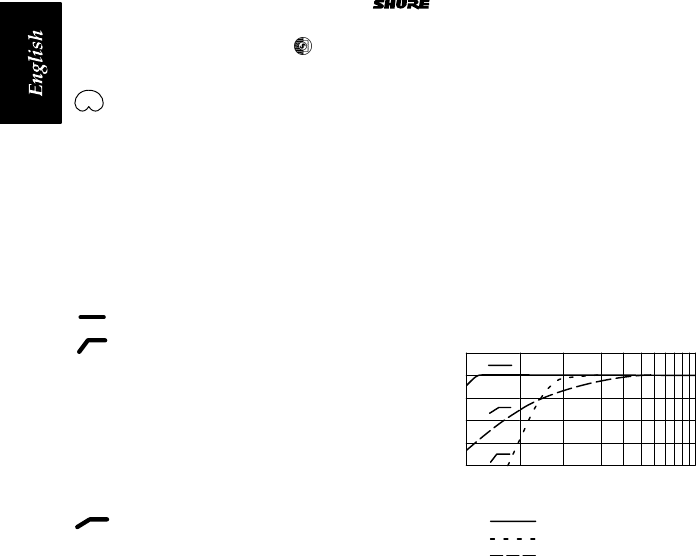
4
Positioning the Microphone
The front of the KSM27 is marked by the
R
logo. See Figure 1. Position this
side of the microphone toward the sound source to be recorded. The rear of the
microphone is marked by the
logo, the low-frequency filter switch and the 15dB
attenuation switch.
Cardioid. Picks up sounds directly in front of the microphone and is least
sensitive to those in back. Cardioid is the most commonly used polar pattern in studio
recording and live-sound applications. See Figure 5.
Selecting Low-Frequency Response
A three-position switch on the back of the KSM27 lets you adjust the low-frequency
response of the microphone. The low-frequency filter settings can be used to reduce
wind noise, room noise or proximity effect. Since the microphone will reproduce
ultra-low frequencies, the rubber isolated shock mount should be used to reduce
low-frequency mechanical vibrations transmitted through the microphone stand.
Flat response. Provides the most natural sound in most applications.
Low-frequency cutoff. Provides an 18
dB-per-octave cutoff at 80 Hz. Helps
eliminate floor rumble and low-frequency
room noise from heating and air conditioning
systems. This setting may also be used to
compensate for proximity effect or to reduce
low frequencies that make an instrument
sound dull or muddy.
Low-Frequency Rolloff. Provides a 6
dB-per-octave rolloff filter at 115Hz. Use this
to compensate for proximity effect or to
reduce low frequencies that could make an
instrument sound dull or muddy.
20 100050 100
98765432
+5
0
–10
Hz
dB
Low-Frequency Cutoff
Low-Frequency Rolloff
Flat Response
FIGURE 2. LOW FREQUENCY RESPONSES




